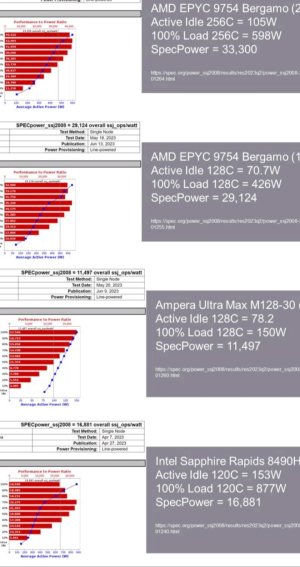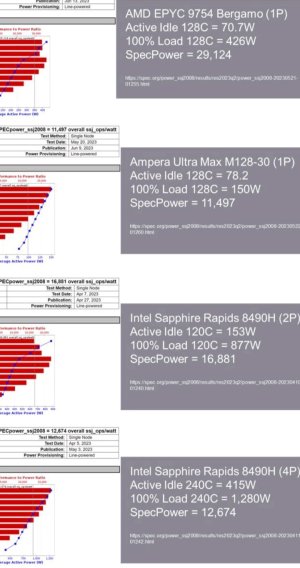All this tells me is that you have no idea what that term is. To give the simplest possible example, if you have two identical transistors instead of one, that term would ~double. So no, it is not in any way redundant, nor scales with frequency. It's a constant for a given design and workload.
There s much confusion in your understanding of things.
You always have at least two transistors since they are always connected as complementary pairs, and such a basic stage FI is called an inverting gate or rather stage.
The total capacitance of this stage is twice the one of a transistor by the definition, simply the dynamic capacitance is the the sum of gate/source and gate/drain capacitances, this total capacitance is charged and discharged every cycle by the previous stage that drive said stage.
The energy required to charge this capacitance C is C.V^2, and as much energy is required to discharge it since the reactive power is provided by the power supply, as such a CPU can be considered as a giant capacitor whose impedance is 1/2.pi.F.C, C being here the total capacitance of the CPU.
There s another capacitance of way lower value that is connected from each transistor drain to their gate, and its called the Miller capacitance, it require very few energy to charge and discharge but has a dreadfull influence for the transistor switching speed.
Since it s connected from output to input of the transistor and that the transistor work as an inverter with big voltage gain this Miller capacitance C create a negative feedback action and relatively to the transistor speed it act as if its effective value is C.G, G being the voltage gain of the transistor, so the apparent capacitance is the effective capacitance time the transistor gain.
With Planar transistor this capacitance is very low but with finfets its value has lot of influence for the transistor speed, moreover due to the fact that finfets have much higher gain than planar transistors, hence even if the dynamic capacitance can be easily charged/discharged the transistor will be slowed by the negative feedback from output to input.
Hope it did help to understand better the capacitive effects at work in a transistor, there s other parameter that act as well but for the time it s enough to understand these ones.




